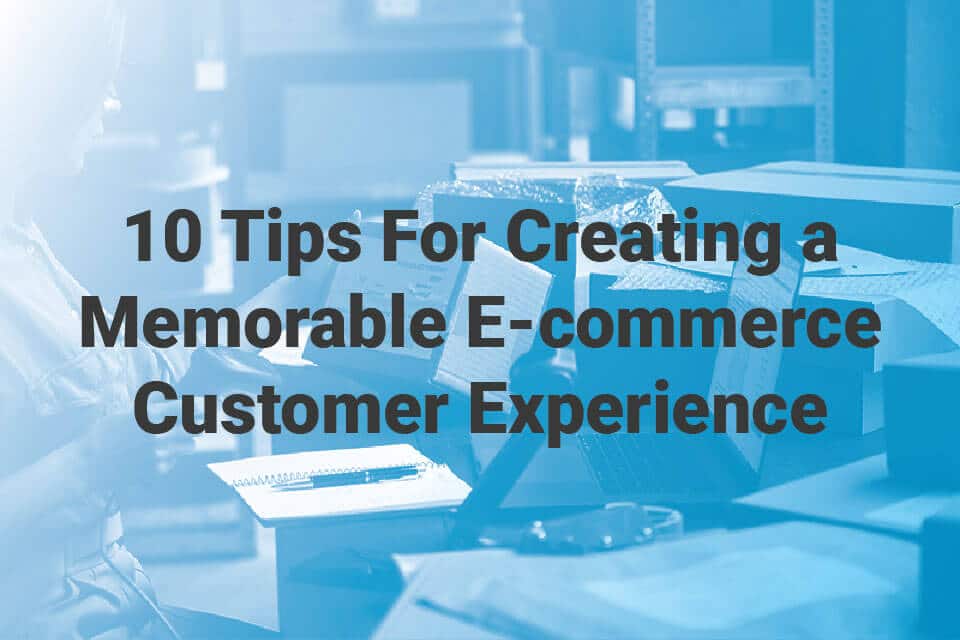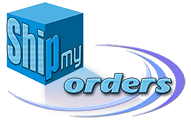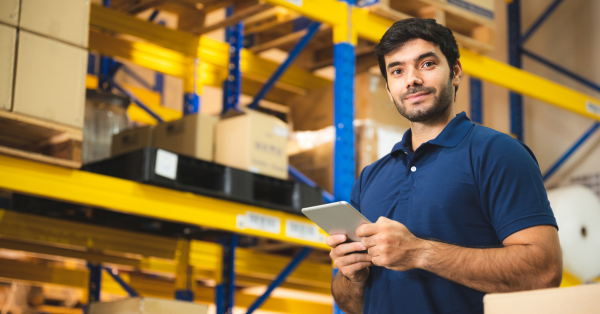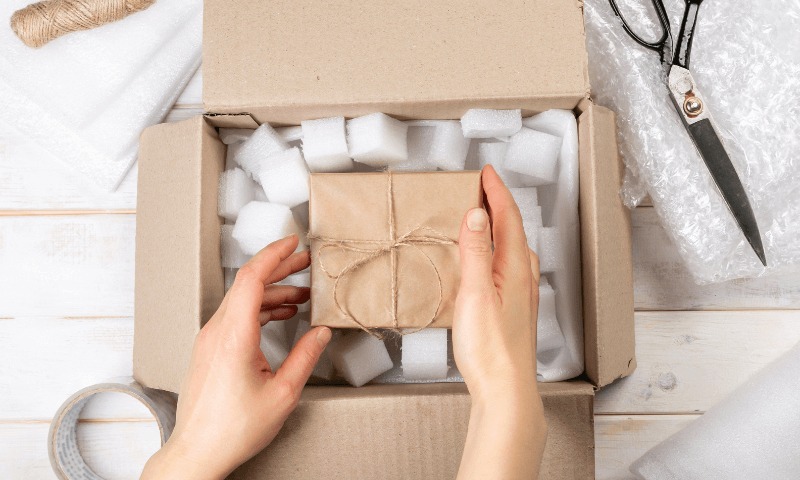10 Tips For Creating a Memorable E-commerce Customer Experience

Fueled by pandemic concerns, busy schedules, and an increasingly online lifestyle, consumers are flocking to e-commerce brands. Brick and mortar stores are rapidly adding online shopping options, while some have even gone fully virtual. And with more companies getting into the e-commerce game, you need to be sure your business stands out from the crowd.
Enter, the e-commerce customer experience. Creating a memorable one is the surest path toward attracting (and keeping!) your ideal, ready-to-buy customers. Even if you’re selling a similar (or the exact same) product as a competitor, buyers will choose yours, time and time again if the experience is just right.
Online Shoppers Are Looking For Fast & Valuable E-commerce Customer Experiences
E-commerce customer experience refers to everything your customer thinks and feels about their interaction with your brand. It spans the customer’s entire lifespan with your business — from learning about your brand to deciding not to interact with it further.
Think about all of the things your customer will see, hear, feel, touch, and learn on your site. The combination of those interactions adds up to the customer experience (CX).
How do we know that CX is critical to a brand’s online success? The proof is in the data. According to a survey by SuperOffice, 86% of buyers will pay more for a great customer experience and 49% of buyers have made last-minute purchases after receiving a more personalized experience.
At the same time, PricewaterhouseCoopers reports that 32% of all customers would stop doing business with a brand they loved after one bad experience. Ouch.
Want to enhance your customers’ experience with your company?
How to Create a Memorable E-commerce Customer Experience
Of course, CX isn’t the only reason customers will decide to buy from your company, but it’s definitely a factor that’s too big to ignore. If you’ve already implemented our 6 tips to increase e-commerce conversions, now it’s time to go even deeper. Here are 10 tips for creating a memorable e-commerce customer experience:
1) Think about the customer experience when formatting your website
Picture it: a new customer lands on your website. What do they see? How do they interact with it? You want their first impression to keep them on your site, eager to buy.
One way to achieve this is by creating a log-in portal. When a buyer creates a profile, they’ll receive a personalized shopping experience, which is key to attracting loyal customers. You should also be sure your website is visually appealing. Avoid clutter and outdated text/graphics. We recommend investing in professional help here — a proficient graphic designer and creative copywriter.
2) Have an intuitive, easy-to-use navigation
Another must is to ensure navigating your site is intuitive for the customer. They should be able to move from researching your products to buying them with ease. No thought, no confusion.
How do you achieve this? First, you need to know your customer. Where do they usually shop? Let’s say it’s Amazon. An intuitive website for this customer would be one that operates similar to their experience on Amazon.
So, know your customer, know what they’re accustomed to, and make sure your website’s navigation doesn’t veer too far from that formula.
3) Customer support at all stages of the sales funnel
E-commerce businesses often make the mistake of thinking customer service only comes into play when something goes wrong. In fact, effective customer support starts with on-boarding (nurturing a new client) and continues through advocacy (getting that client to advocate for YOU!).
Training is key: Make sure your customer service team is ready to assist buyers at every stage of their interaction with your brand. And don’t forget to put customer support contact information on your website in a location that is easy for your clients to locate.
4) Cross-device shopping
Your customers aren’t shopping on just one platform. They spend their day moving from desktop to mobile and back, and are likely to make purchases on either device. Your business needs to keep its CX consistent and personalized across both.
If a customer fills their cart on their mobile device, but later wishes to complete the purchase on their desktop, and your sites are talking to each other, you could lose out on that sale.
Still not convinced? A variety of studies have shown that multi-device journeys represent anywhere from 41% to 65% of all online purchases. Not providing a memorable e-commerce customer experience that allows multi-device shopping could prove costly.
5) Loyalty program, sales, or coupon codes
A coupon code will entice a potential client, while sales and loyalty programs will keep them coming back for more. Employ all to create a memorable e-commerce CX.
For example, install a popup on your site that asks new clients to enter their email address in exchange for a percentage or specific dollar amount off of their first purchase. This feature has a secondary bonus of helping you build your subscriber list. With a loyalty program, repeat customers could, for example, earn points that can be exchanged for promotions.
Everyone loves feeling like they are getting a deal, and if your customers get that feeling on your site, they’ll want to experience it again and again.
6) Robust search feature
Some shoppers know exactly what they are looking for, while others will want to hunt around for an item that catches their interest. Both will need access to a robust search feature.
A robust search feature includes multiple types of search functionality, including the ability to apply filters such as size, color, and price (“faceted search”), and a program that recognizes slang (if a client searches “tees” instead of “T-shirts”). A well-performing search feature is critical to modern (and profitable) e-commerce web design — make sure yours will point customers in the right direction.
7) Similar product suggestions
You’ve seen similar product suggestions: “shoppers who bought X also bought Y” or “this is the X that goes with the Y.” These types of features on e-commerce sites have likely encouraged you to add items to your cart, and they’ll do the same for your customers.
If your business has similar or complimentary products, be sure to highlight them to active online shoppers.
8) Automatic emails
Here’s where the subscriber list you were building in tip #5 comes into play. Automatic emails can be designed to remind email subscribers about items in an abandoned cart or to ask customers for a review after they receive their purchase. They can send targeted marketing to specific demographics on your list or share promotions codes with a customer on their birthday.
Customers will appreciate the personal touch automatic emails can provide, and you’ll be happy to have your marketing plan on autopilot.
9) Fast webpage load time
A website that loads slowly will bore potential shoppers and send them running to your competitors. Slow load speed also reflects poorly on your brand (if the quality of the website is low, what does that say about the products it’s selling?) And slow websites rank lower on Google — a surefire path to obscurity.
If you want customers to stay on your site, you have to make sure it functions properly. Test its speed using Google PageSpeed Insights. Then, taking steps like making sure you’re using a reputable, high-quality hosting service (cheap hosting = poor performance) and caching your webpages can help speed up a sluggish site.
10) Create an app
If it’s in your budget or you have your own team of programmers, consider investing in an app. Apps increase the personalization you can offer your customers, collect valuable data you can use to improve marketing, and make the CX frictionless.
For example, an app can give customers an easy way to track their progress in your loyalty program or alert them to sales and new product arrivals. You can also use an app to provide enhanced customer service (with an automatic “call us” button, for example), keeping customers feeling cared for and valued.
Make Your Customers Happy With Faster Shipping
Now that your customers have had a memorable e-commerce customer experience, make them even happier with fast shipping. The most efficient way to get them their goods (and manage any returns or exchanges) is by using a 3PL services. A good third-party logistics company creates a seamless, convenient order fulfillment process that keeps the customer informed and gets products to the customer as quickly as possible. Just be sure to choose your 3PL based on your specific needs and business goals.
Focus More On Your Business And Less On Logistics With Ship My Orders
Need another reason to start using a 3PL for your e-commerce fulfillment? Business owners frequently point to the fulfillment process as the #1 thing keeping them from focusing on other critical tasks, such as development, marketing, improving CX — or simply enjoying a day off.
If you don’t think you have time to implement our 10 tips for creating a memorable e-commerce customer experience, you may need to start outsourcing your logistics. Contact us today to receive a quote and see how stress-free warehousing, inventory, management, kitting, and reverse logistics can help your business grow!

-1.png)


